Aquarium Type
- Freshwater or Saltwater: Like the 4-foot tank, the choice between freshwater or saltwater depends on your experience level and preferences. Freshwater setups are generally easier for beginners, while saltwater tanks allow for more exotic fish and coral but require more care.
Aquarium Equipment
- Filtration System: A good filter is essential. Choose one that can handle the tank’s volume (about 28 gallons), such as a hang-on-back filter or a canister filter. Look for one that offers 3-stage filtration (mechanical, chemical, biological).
- Heater: If you’re planning on keeping tropical fish, a heater is necessary to maintain a temperature between 75-80°F (24-27°C). Ensure it is adjustable and reliable.
- Lighting: LED lighting works well for most setups and is energy-efficient. For planted freshwater tanks, you’ll need lighting suited to plant growth. For saltwater tanks, you’ll need lighting that supports coral if you’re going that route.
- Air Pump: An air pump can improve water circulation and oxygen levels, though it’s not always essential if the filter is adequate.
Aquascaping
- Substrate: The substrate will vary depending on the type of tank—gravel for freshwater, fine sand for bottom-dwelling fish, or special marine substrates for saltwater tanks.
- Decorations and Plants: Use driftwood, rocks, live or artificial plants for freshwater tanks. For saltwater, live rock can help with biological filtration and provide a habitat for marine life.
Fish Stocking
- Freshwater Stocking: With a 28-gallon tank, you can house a variety of small to medium-sized fish such as neon tetras, guppies, mollies, dwarf gouramis, or smaller cichlids. Always follow the “1 inch of fish per gallon” rule, but consider the fish species’ needs and behavior.
- Saltwater Stocking: If you opt for saltwater, species like clownfish, gobies, or small wrasses can work well, but stocking needs to be more conservative due to the bio-load in saltwater environments.
Maintenance
- Water Changes: A weekly water change of about 10-20% helps keep the water clean and healthy for your fish.
- Water Testing: It’s essential to regularly test water parameters such as ammonia, nitrites, nitrates, and pH, especially during the initial setup or when adding new fish.

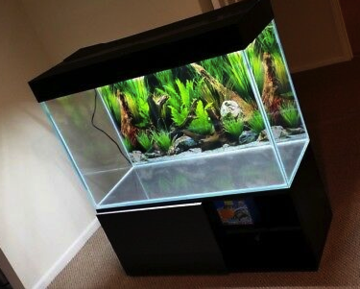
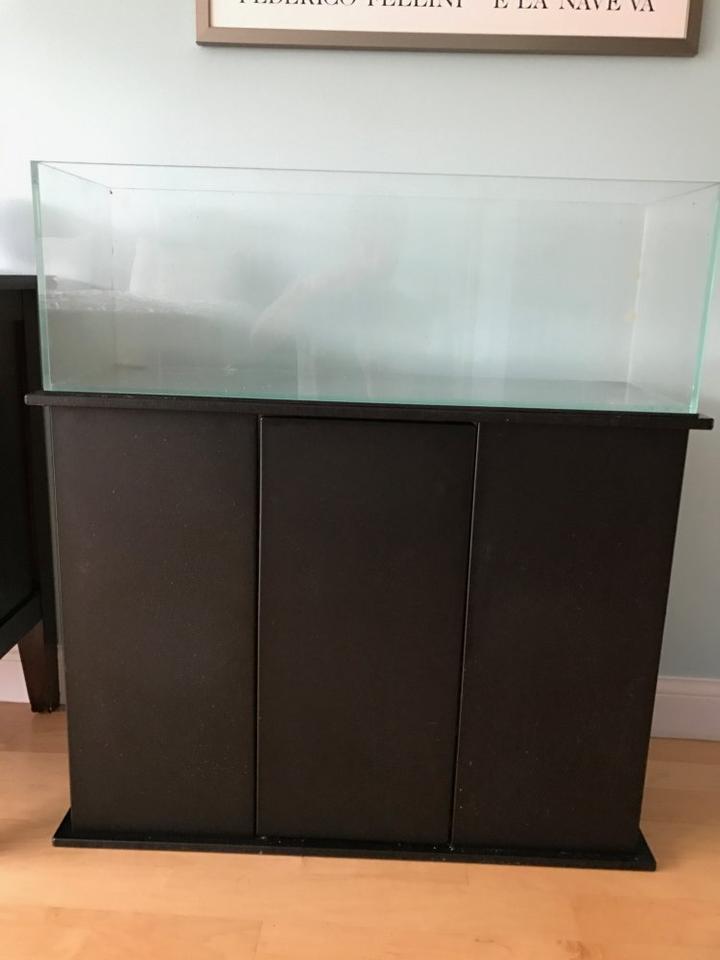
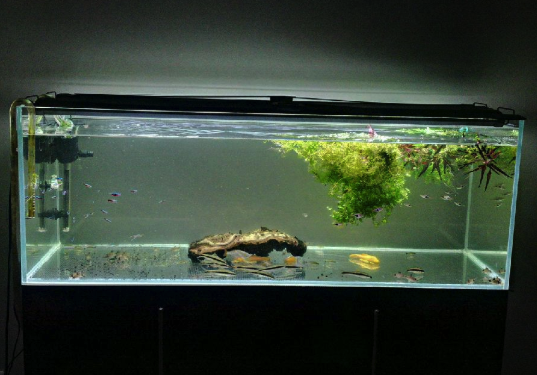
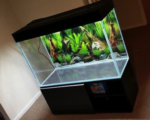
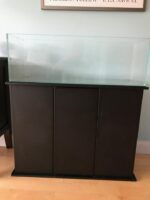
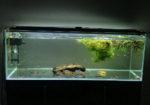
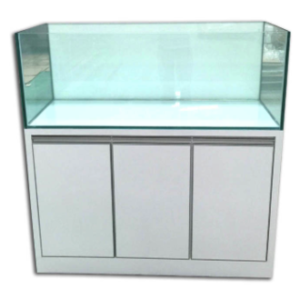
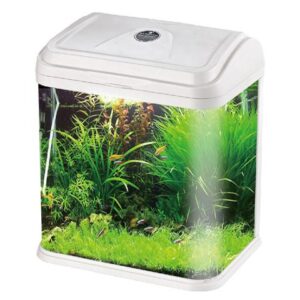
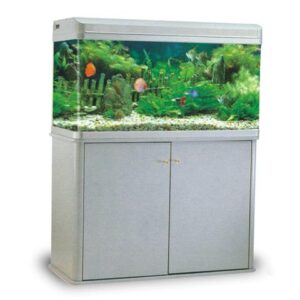

Reviews
There are no reviews yet.